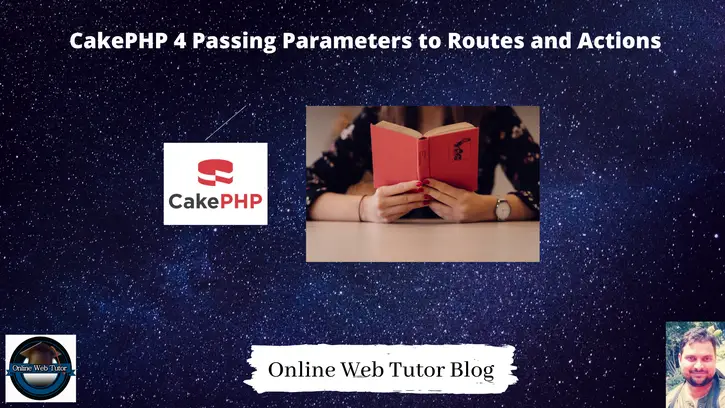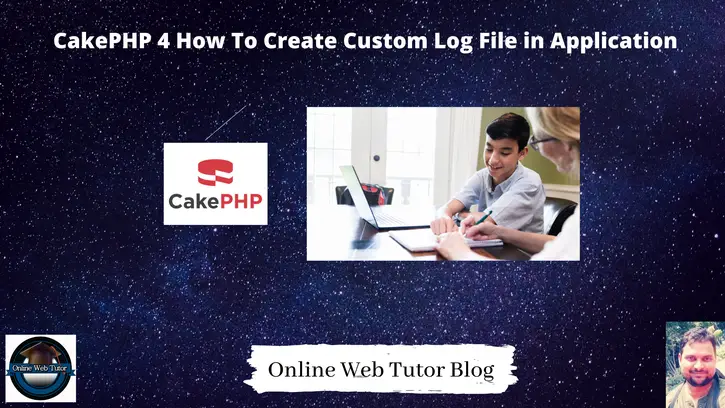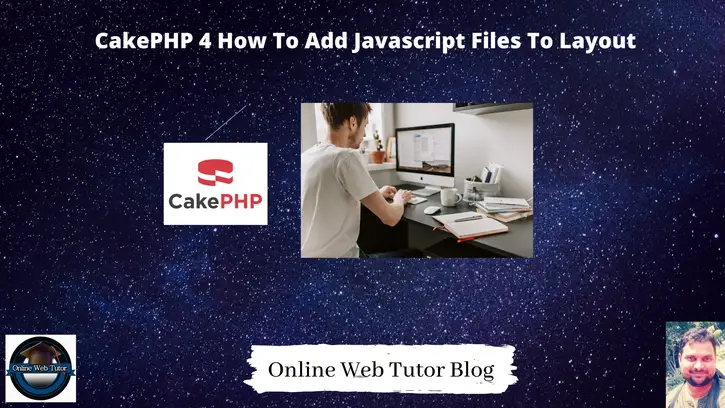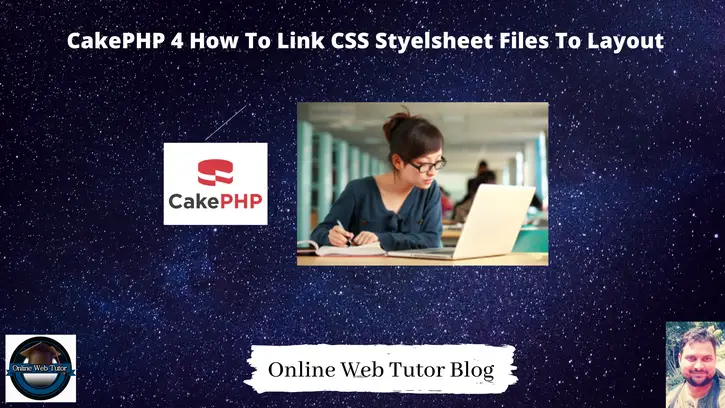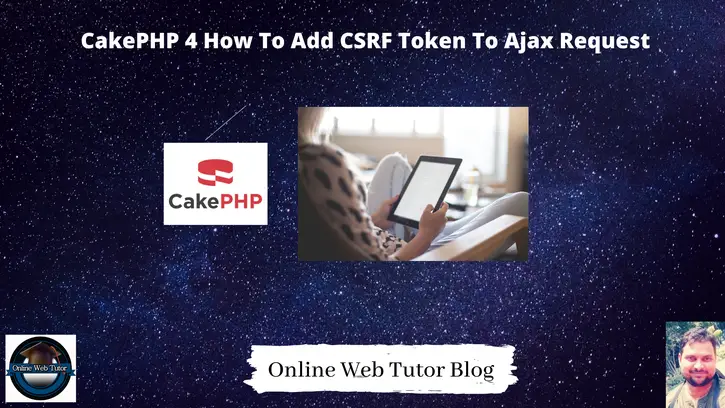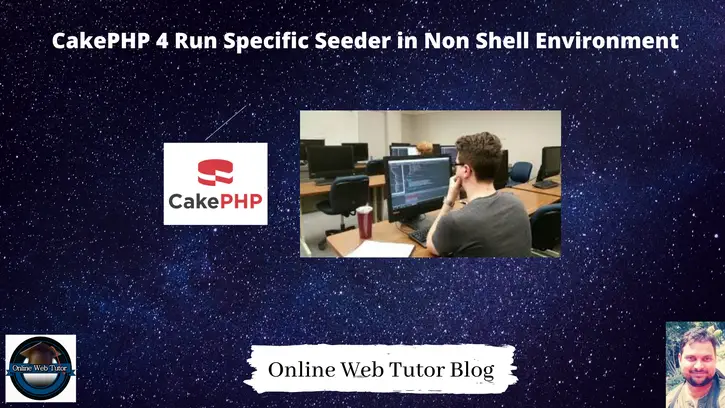CakePHP 4 How To Use Prefix Routing Tutorial
Inside this article we will see CakePHP 4 How To Use Prefix Routing. Article contains very classified information about prefix routing as well as reading parameters values from prefixed URLs in CakePHP application. Examples of Prefixed Routes are – Here, you can see prefixed routing. Route contains prefix for admin and shop. This … Read more

